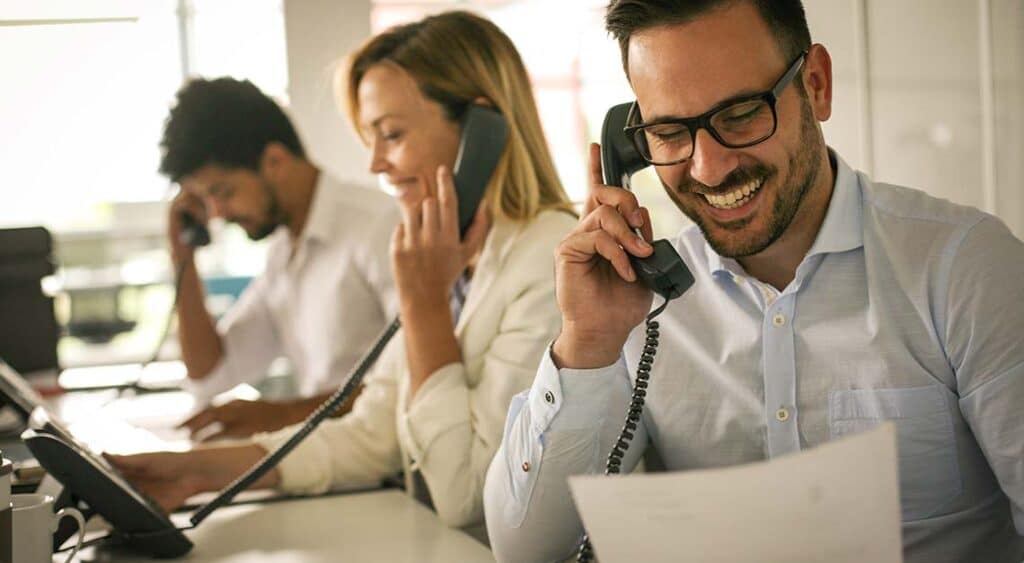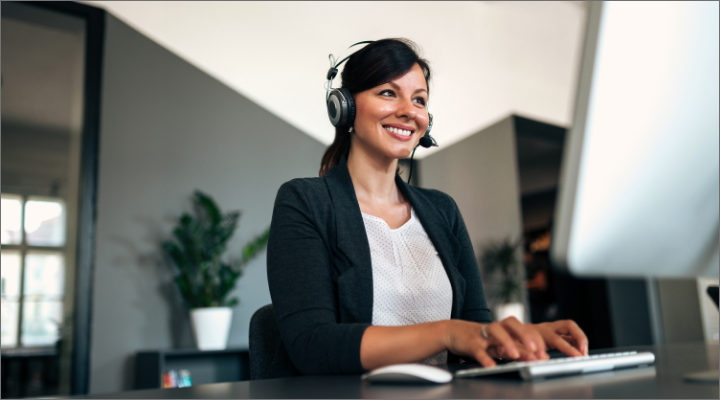All Categories
Featured
Table of Contents
When Are Best What Is An Answering Service? The Ultimate Guide - Cms Sales
This gadget and its followers were developed by Sava Jacobson, an electrical engineer with a personal consulting service. While early answering devices utilized magnetic tape technology, most modern-day devices uses solid state memory storage; some devices use a combination of both, with a solid-state circuit for the outbound message and a cassette for the inbound messages.
"toll conserving" listed below) (phone answering service). This works if the owner is screening calls and does not want to speak to all callers. In any case after going, the calling party should be notified about the call having been addressed (for the most part this begins the charging), either by some remark of the operator, or by some greeting message of the little bit, or addressed to non-human callers (e.
This holds specifically for the TADs with digitally stored greeting messages or for earlier devices (before the rise of microcassettes) with an unique endless loop tape, separate from a 2nd cassette, committed to recording. There have actually been answer-only devices with no recording abilities, where the greeting message had to inform callers of a state of current unattainability, or e (virtual telephone answering).
What Is The Best What Is A Telephone Answering Service And What Are The ... Out

about schedule hours. In recording Little bits the welcoming typically contains an invitation to leave a message "after the beep". A voice mail that uses a microcassette to tape messages On a dual-cassette answerphone, there is an outgoing cassette, which after the defined variety of rings plays a pre-recorded message to the caller.

Single-cassette answering makers contain the outbound message at the beginning of the tape and inbound messages on the staying space. They initially play the announcement, then fast-forward to the next offered space for recording, then tape-record the caller's message. If there are many previous messages, fast-forwarding through them can cause a considerable hold-up.
This beep is typically described in the greeting message, requesting that the caller leave a message "after the beep". TADs with digital storage for the tape-recorded messages do not show this hold-up, obviously. A little bit might offer a remote control facility, whereby the answerphone owner can call the home number and, by entering a code on the remote telephone's keypad, can listen to recorded messages, or erase them, even when away from home.
How Much Does Call Answering Service For Small Business In Brisbane Service Cost?

Thereby the maker increases the variety of rings after which it answers the call (generally by 2, leading to four rings), if no unread messages are presently saved, however responses after the set variety of rings (normally two) if there are unread messages. This permits the owner to discover whether there are messages waiting; if there are none, the owner can hang up the phone on the, e.
Some makers likewise allow themselves to be remotely triggered, if they have been changed off, by calling and letting the phone ring a certain big number of times (typically 10-15). Some provider abandon calls already after a smaller sized number of rings, making remote activation difficult. In the early days of Little bits an unique transmitter for DTMF tones (dual-tone multi-frequency signalling) was regionally required for remote control, given that the formerly utilized pulse dialling is not apt to communicate suitable signalling along an active connection, and the dual-tone multi-frequency signalling was executed step-by-step.
Any incoming call is not identifiable with regard to these homes in advance of going "off hook" by the terminal equipment. So after going off hook the calls must be changed to proper devices and only the voice-type is right away accessible to a human, however possibly, nonetheless should be routed to a TAD (e.
What Is The Best How Do Answering Services Work? App?
What if I told you that you do not have to in fact get your device when responding to a client call? Someone else will. So practical, ideal? Answering call does not require someone to be on the other end of the line. Effective automated phone systems can do the trick just as effectively as a live agent and in some cases even much better.
An automated answering service or interactive voice reaction system is a phone system that communicates with callers without a live person on the line - business call answering service. When business use this technology, clients can get the answer to a question about your organization merely by utilizing interactions established on a pre-programmed call flow.
Although live operators update the customer support experience, numerous calls do not require human interaction. A simple recorded message or guidelines on how a consumer can recover a piece of information typically fixes a caller's immediate need - phone call answering. Automated answering services are an easy and effective method to direct inbound calls to the best person.
Top 12 Best Telephone Answering Service For Businesses In ...
Notice that when you call a company, either for assistance or product query, the first thing you will hear is a pre-recorded voice welcoming and a series of alternatives like press 1 for customer care, press 2 for inquiries, and so on. The pre-recorded choices branch off to other choices depending upon the client's choice.
The phone tree system helps direct callers to the best individual or department using the keypad on a mobile phone. In some circumstances, callers can utilize their voices. It's worth keeping in mind that auto-attendant options aren't limited to the ten numbers on a phone's keypad. Once the caller has actually chosen their very first choice, you can design a multi-level auto-attendant that uses sub-menus to direct the caller to the right type of assistance.
The caller does not have to communicate with a person if the auto-attendant phone system can handle their concern. The automated service can route callers to a staff member if they reach a "dead end" and require assistance from a live agent. It is pricey to work with an operator or executive assistant.
A Better Telephone Answering Services?
Automated answering services, on the other hand, are considerably less costly and provide substantial expense savings at approximately $200-$420/month. Even if you do not have devoted personnel to handle call routing and management, an automatic answering service enhances efficiency by enabling your team to focus on their strengths so they can more efficiently invest their time on the phone.
A sales lead routed to customer care is a lost shot. If a consumer who has item questions reaches the incorrect department or gets insufficient answers from well-meaning staff members who are less trained to manage a particular kind of concern, it can be a reason for frustration and frustration. An automatic answering system can lessen the number of misrouted calls, consequently helping your employees make better use of their phone time while maximizing time in their calendar for other tasks.
With Automated Answering Systems, you can develop a customized experience for both your staff and your callers. Make a recording of your main welcoming, and just update it routinely to show what is going on in your organization. You can create as numerous departments or menu options as you want.
Latest Posts
After Hours Answering Near Me ( Australia 4006)
Best Answering Services For Small Businesses ( Australia 2617)
Efficient Live Phone Answering Near Me – Australia